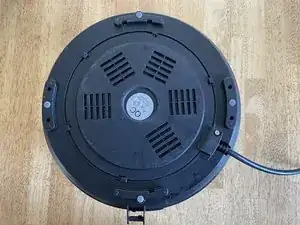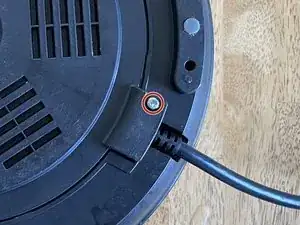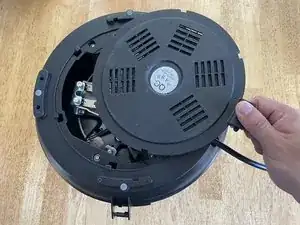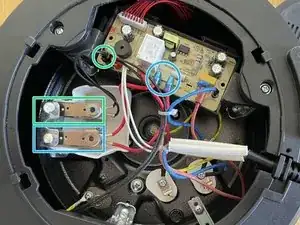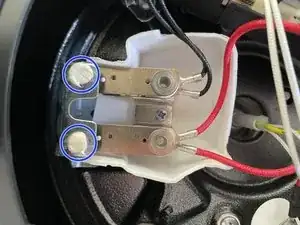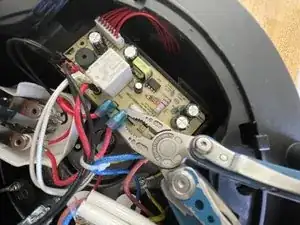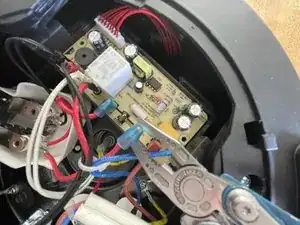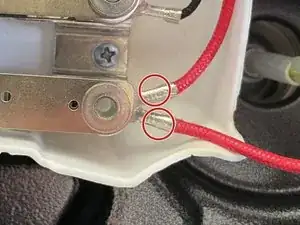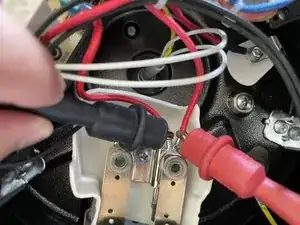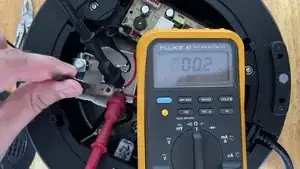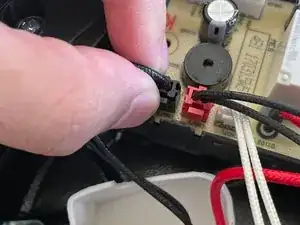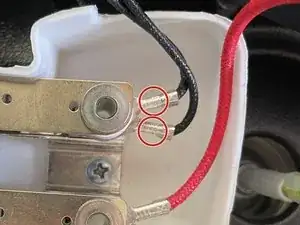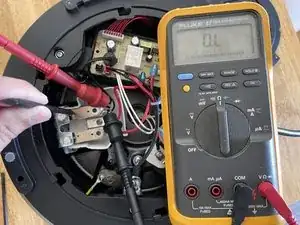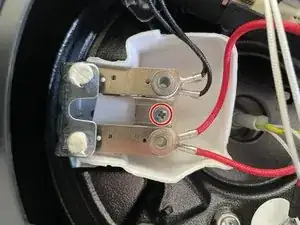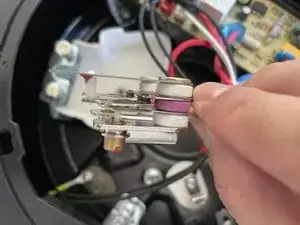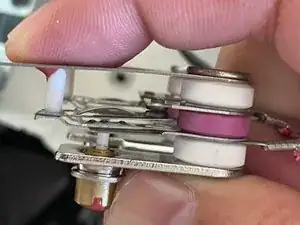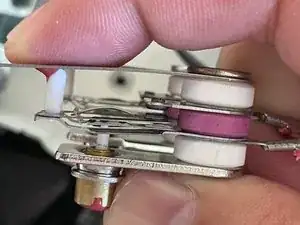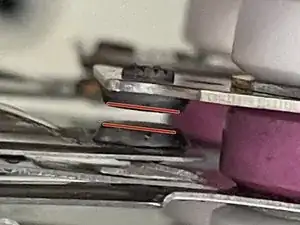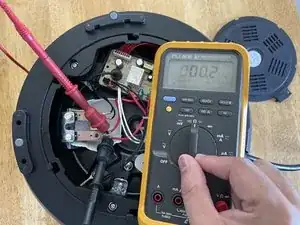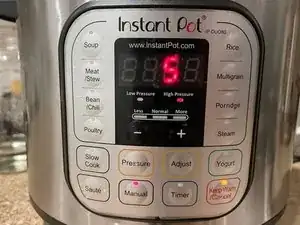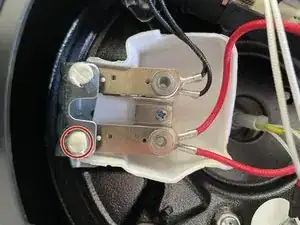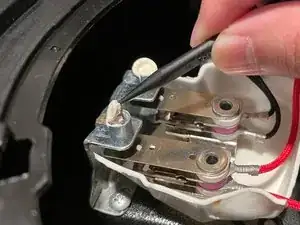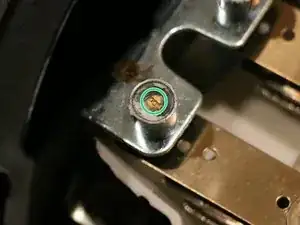Introduction
This guide shows how to diagnose and repair an Instant Pot DUO80 with a C6 error.
The C6, C6L, and C6H errors means that one of the pressure sensors isn’t working. Most of the time, it’s due to a buildup on the sensor contacts. Cleaning the contacts will likely fix the problem.
Before you begin, check the instruction manual that came with your Instant Pot for troubleshooting tips.
If you're trying to fix a different model, check out this guide.
Tools
-
-
Flip the Instant Pot upside down.
-
Use a T15 Torx driver to remove the screw securing the bottom plate.
-
Twist and remove the bottom plate.
-
-
-
The T6L (low pressure) sensor and its connector. Some models may not have this.
-
The T6H (high pressure) sensor and its connectors.
-
The screws underneath the white resin are calibration screws.
-
-
-
Use a spudger or your finger to firmly press the top of a sensor. You should hear a loud click, signifying that the metal strips in the sensor are flexing properly.
-
Repeat for the second sensor.
-
Sometimes, just flexing the sensors will fix the problem. Carefully re-assemble the Instant Pot and check if it works.
-
If the Instant Pot doesn't work, unplug the device, and follow the subsequent steps to further diagnose the problem.
-
-
-
Use pliers or your fingers to lift and disconnect one of the sensor's spade connectors from the circuit board.
-
These connectors can be stubborn. Gently wiggle the connector as you pull to loosen it.
-
-
-
Attach a multimeter/ohmmeter lead to both exposed ends of the sensor wires, making sure the leads don't touch each other.
-
Set your meter to resistance mode or continuity mode.
-
-
-
If the meter shows a high resistance or no continuity, it could mean that the sensor contacts are dirty. Double-check your meter contacts and make sure they're grasping onto the wires.
-
Use a spudger or your finger to firmly press on the top of the sensor until it clicks.
-
The meter should change to show no continuity (0.L, in my meter's case). If it doesn't, there is a potential electrical short—the contacts may be fused, or you may need to replace the sensor.
-
-
-
Disconnect the low pressure sensor by squeezing its circuit board connector to disengage the lock, then pull straight up.
-
Attach a multimeter lead to both exposed ends of the sensor wires, making sure the leads don't touch each other.
-
Set the meter to resistance/continuity and test for continuity, when the sensor is resting, and when it's depressed.
-
-
-
Use a Phillips screwdriver to remove the screw securing the sensors to the Instant Pot.
-
Lift the sensor assembly out of its recess.
-
-
-
Press down on the sensor to open the contacts.
-
Use some sandpaper, a file, or electrical contact cleaner to clean the contacts. Be sure to clean both mating surfaces.
-
-
-
Use a multimeter to test the sensors for proper operation before you reassemble your Instant Pot.
-
-
-
Install your replacement pressure sensor and reassemble the Instant Pot.
-
Add 3 cups of water to the Instant Pot and set it to cook on high pressure for five minutes.
-
Once the five minutes are up, vent using quick release.
-
-
-
Unplug your Instant Pot and disassemble it until you can access the pressure sensors.
-
Use a spudger to pry away the white adhesive covering the high pressure sensor calibration screw.
-
This reveals the calibration screw's flat screwhead.
-
If your Instant Pot is over-pressurizing, use a screwdriver to turn the screw clockwise (tighten) by a quarter turn. This makes the sensor trigger and turn off at a lower heat.
-
If your Instant Pot is under-pressurizing, use a screwdriver to turn the screw counter-clockwise (loosen) by a quarter turn. This makes the sensor trigger and turn off at a higher heat.
-
Reassemble the Instant Pot and perform the pressure test in the previous step. Readjust the calibration screw as needed.
-
Once you've calibrated the Instant Pot, cover the calibration screw with some silicone or heat-tolerant adhesive. This prevents the calibration screw from turning.
-
To reassemble your device, follow these instructions in reverse order.
One comment
Great guide. Saved me some bucks on a replacement for sure. Testing was nerve wracking but I get that way when a pressure cooker is on anyway.

